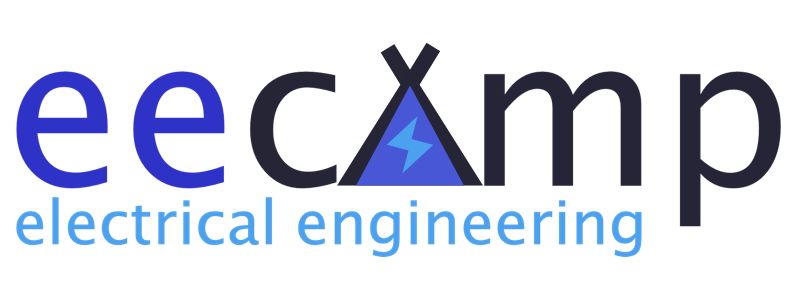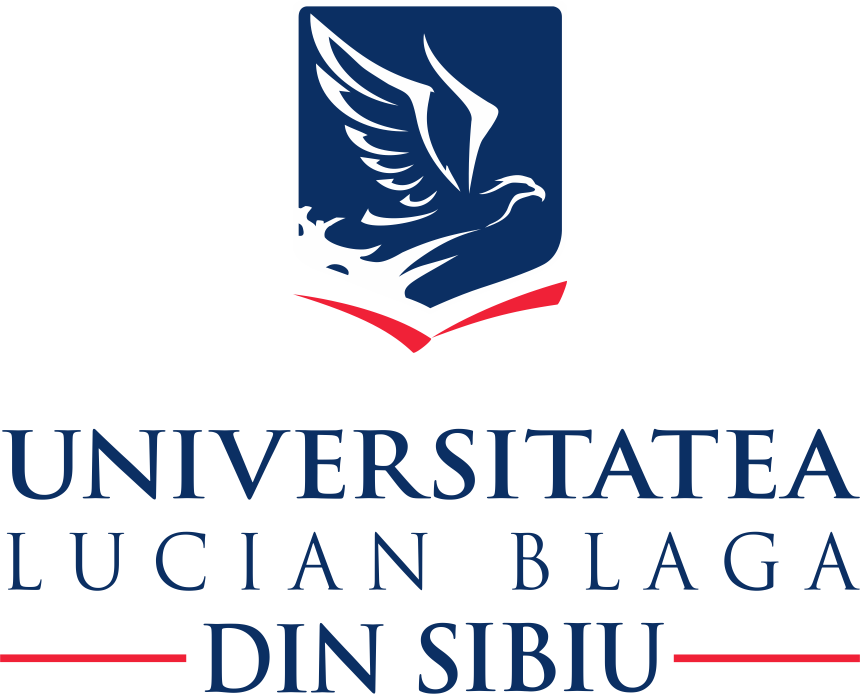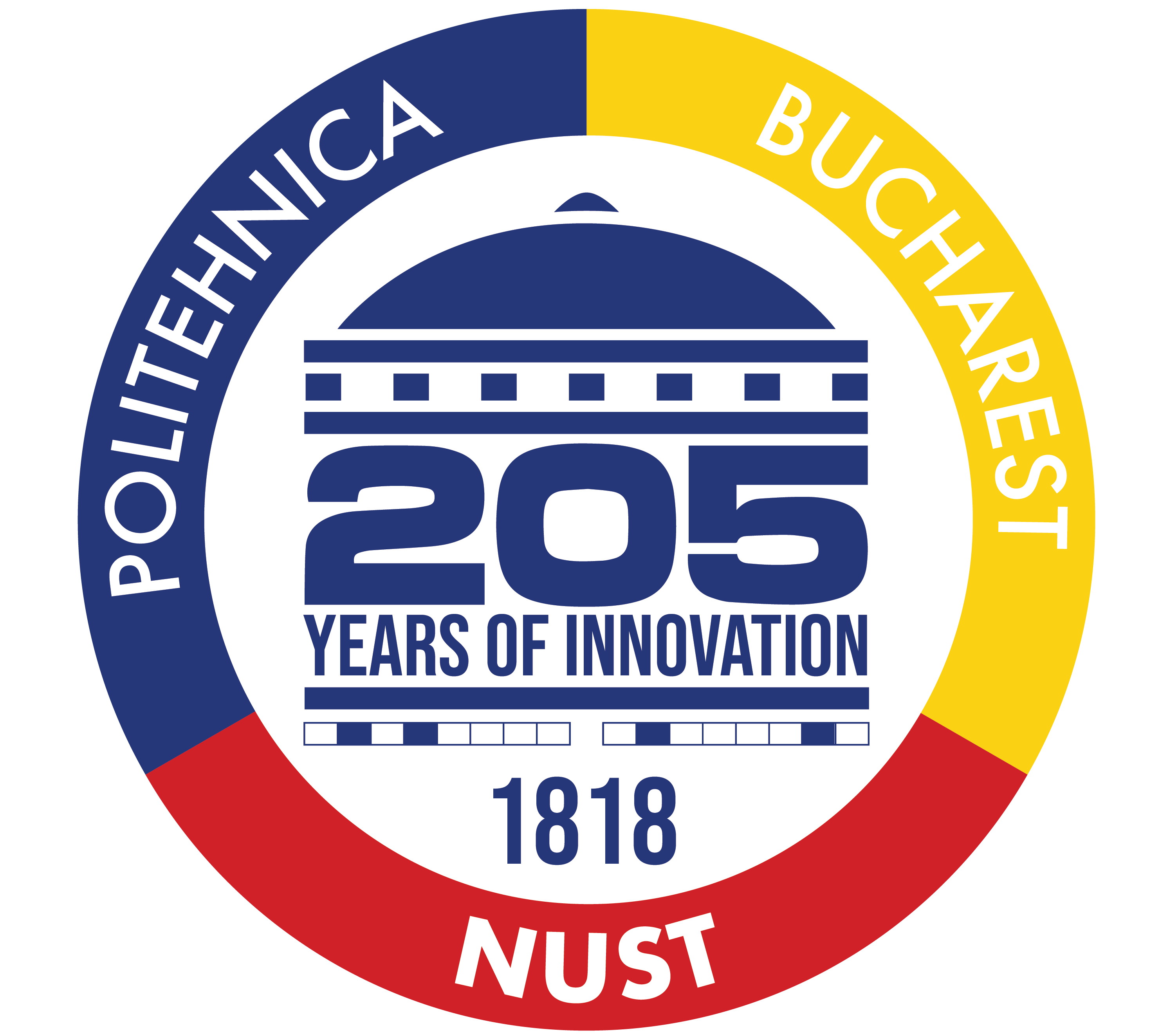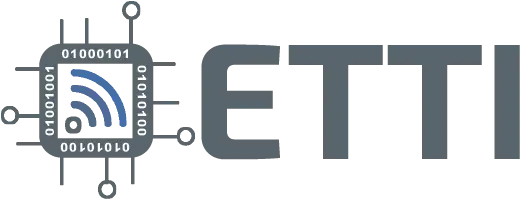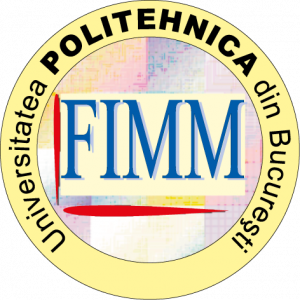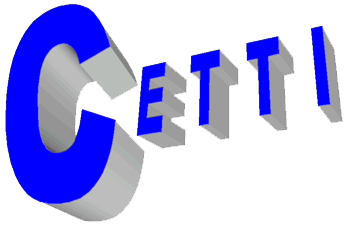TIE+ Workflow & Timeline
Contest Timeline / 2021
-
19 September: publication of the subject on website (brief description, text + figures)
-
19 September – 30 September: registration of participants
-
1 October: confirmation of acceptance
-
4 October – 8 October: WEBINARS, TUTORIALS
-
11 October: release of full subject details for the registered participants
-
11 October – 20 October: solving of the subject
-
20 October: uploading of the solutions (technical reports)
-
21 October – 24 October: evaluation of the solutions by the technical committee
-
25 October: Online session for presentation of the solutions by the contestants; announcement of the evaluation results (classification of contestants)
All information related to contest including full subject and forum will be followed at http://eecamp.io.
Visit the website to download the Brief Subject Description
TIE+ Workflow
TIE+ will be organized based on an online platform where all the information exchange between contestants and committees will be managed.
On the 19th of September the subject will be published on the TIE+ page. This will allow willing contestants to analyze the difficulty of the subject and decide if they want to register or not.
There necessary registration steps for contestants are:
— Fill in the form containing basic information about the contestant’s education and relevant professional experience by latest 30th of September;
— The contestant profile will be analyzed by the technical committee and an approval/denial email response will be sent by 1st of October.
** the uploaded profile information must comply with the contestant profile requirements presented below, otherwise the profile will be automatically rejected.
Between 4th and 8th of October a series of webinars will be held for the registered contestants. The presentation will be provided by the TIE technical committee members and simulation software representatives. Contestants will receive the WebEx invitations via the provided email address from the registration form.
Contestant Profile Requirements
The contestant must be registered within a higher education form :
— undergraduate student (accepting also graduates from 2021)
— master student
— PhD student
By 11th of October all the contestants (with a validated profile) should have received the login information.
On the 11th of October the full set of data required to solve the subject will be published on the online platform. This marks the beginning of the “subject solving period” which will extend until 20th of October.
During this period the contestants will be able to communicate with the technical committee (ask question about the subject) by means of a dedicated forum with full visibility to all forum members.
* Communication between contestants during the subject solving period is strictly forbidden. Any striking resemblance between provided subject solutions will imply disqualification for all involved contestants.
Each contestant will go through the necessary simulation, design and documentation steps with the goal of delivering a technical solution to the proposed problem.
By 20th of October each contestant will upload the result of their work on solving the subject in the form of a technical report in *.pdf format.
If the technical report is not uploaded by 20th of October (23:59 pm, GMT+2:00) the contestant is automatically disqualified.
ANSYS and CST are providing free temporary licenses for TIE+ contestants.
Contact your university coordinator for details.
Technical Report Content
The technical report should contain the following:
— exposure of the modeling approach for each circuit block including applicable details about field solver usage, port assignment, equivalent circuit definition
— simulation diagram/ electrical circuit for the entire system
— signal diagrams (time domain or frequency domain based on relevancy for the type of task) for the nets of interest
— signal parameter values that are relevant for the argumentation of the technical solution
(e.g impedance values of a line at a specified frequency)
— layout directives that are correlated with the simulation results (if they are clearly requested in the subject)
— summary of findings that define the proposed technical solution
After the technical report has been uploaded each contestant will receive an email from the technical committee confirming that the document was received and its content is adequate to be considered in the final evaluation process.
This email will also contain the invitation to the virtual evaluation meeting.
This year’s TIE+ evaluation session will be held over an online conference platform and each contestant will present the proposed solution.
This meeting will also feature discussions with the technical committee and announcement of the evaluation results (classification of the contestants).
The contestants are required to prepare a short presentation (20-25 min.) that will be exposed to the technical committee during an evaluation meeting. The presentation content must be in full agreement with the uploaded R&D report. The presentation support material can be either the technical report in *.pdf format or a PowerPoint presentation containing the relevant information for the work.
Each contestant will have to prove the usage of a simulation tool. During the evaluation session the technical committee might request simulation project files in order to prove the validity of the obtained results.
Evaluation of subject solutions
The solution of the problem posed in the online subject, as a result of each contestant’s individual work during the days available between subject full data availability and solution submission deadline, will be uploaded in the form of a technical development report in *.pdf format.
Evaluation Criteria
> Modeling approach (using the right field solver for a specific problem)
> Modeling fidelity (how close does the simulation model gets to the physical system)
> Exposure of numerical results (e.g. variation timing parameters vs. trace length )
> Correctness of simulation problem formulation (transposing interface requirements and datasheet information in to a simulation environment )
> Formulation and argumentation of layout directives (clarity of directives)
> Applicability of the provided solution to PCB design (complies with generic IPC and is implementable using conventional fabrication processes)

